Вы здесь
Trans-Caspian Railway.
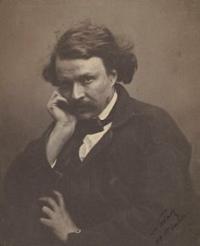
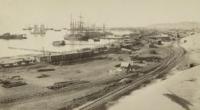
Railway Turkmenistan tours.
"Within three years as the road is open, there was no delay more than five - six hours from sandstorms and drifts. Sands are terrible only where the person himself destroys vegetation"
Trip by train in Turkmenistan.
Trans-Caspian Railway the Trans-Caspian Railway is a railway that follows the path of the Silk Road through much of western Central Asia. It was built by the Russian Empire during its expansion into Central Asia in the XIXth century, the railway was started in 1879, following the Russian defeat of Khokand.
Originally it served a purpose of facilitating the Imperial Russian Army in actions against the local resistance to their rule. However, when Lord Curzon visited the railway, he remarked that he considered its significance went beyond local military control, construction has begun in 1879 as a narrow-gauge railway to Gyzylarbat in connection with the Russian conquest of Transcaspia under General Mikhail Skobelev. It was rapidly altered to the standard Russian gauge of five feet, originally the line began from Uzun-Ada on the Caspian Sea, but the terminus was later shifted north to the harbour at Krasnovodsk.
The Railway reached Samarkand via Bukhara in 1888, where it halted for ten years extended to Tashkent. The permanent bridge over the Oxus was not completed until 1901, as early as 1905, there was a train ferry across the Caspian Sea from Krasnovodsk to Baku in Azerbaijan.
The Tashkent Railway connecting the Transcaspian Military Railway with the network of other Russian and European railways was completed in 1906, the railway permitted a massive increase in the amount of cotton exported from the region.
This increased from 873,092 pudy in 1888 to 3,588,025 in 1893, also sugar, kerosene, wood, iron and construction material were imported into the area. These rising trade figures were used by Governor-General Nikolai Rozenbakh to argue for the extension to Tashkent, reshetnikov offered private funds for the same purpose.
The railway, as the most important means of communication in the area, and it was thirty five railway workers who founded the Tashkent Soviet on 2 March 1917. They decreed that the administration of the railway should be transferred away from Ashkhabad and sent Commissar Frolov to that city.
A move that proved unpopular. In turn railway workers along the end of the railway initiated a break away from the Bolshevik oriented Tashkent. Both railway and workers also played an important role in the Russian Civil War, troops of the British Indian Army participated in some of the battles along the railway line.
Tashkent was an important bastion for the Red Army, during the Soviet period and beyond, the railway was administrated from Tashkent. The railway starts at the shore of the Caspian Sea at Turkmenbashi and heads southeast.
The important junction on the route and locomotive depot is located in Bereket city some 340 km to the east. Also at this point the Trans-Caspian railway intersects the newly constructed North-South Transnational Railway which connects Russia, Kazakhstan, Turkmenistan, Iran, after Bereket, the route runs parallel to the Karakum Canal.
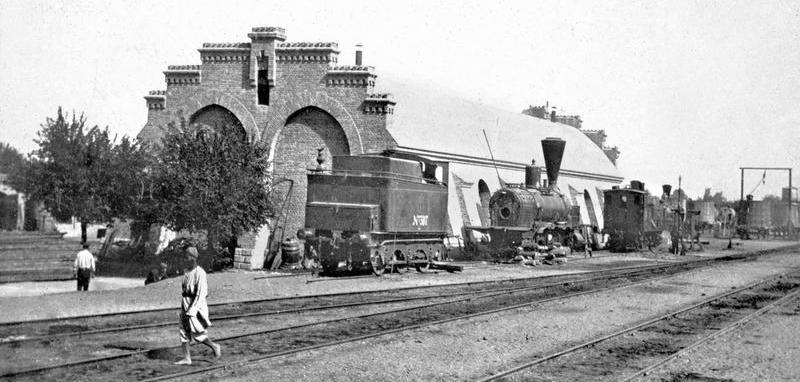
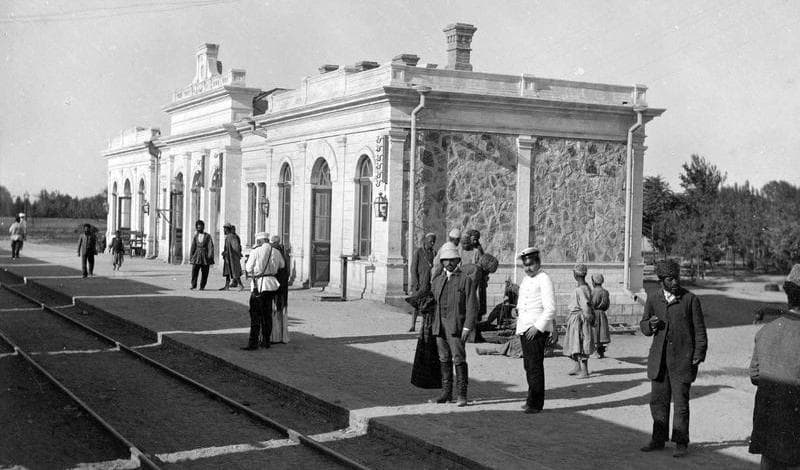
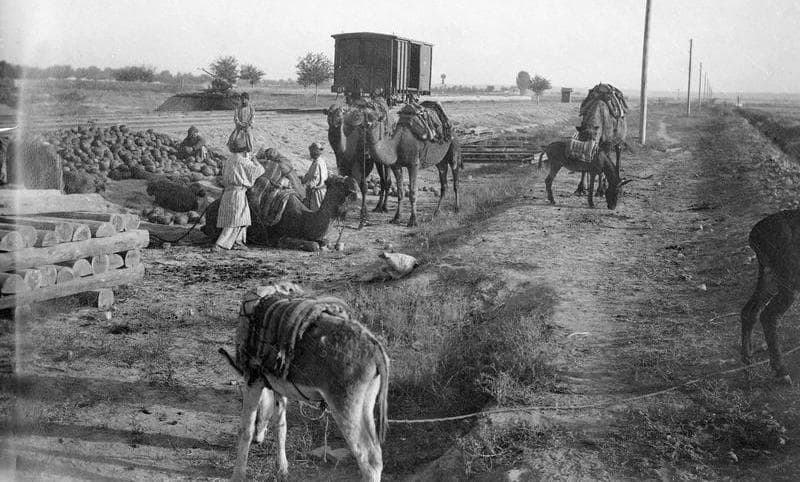


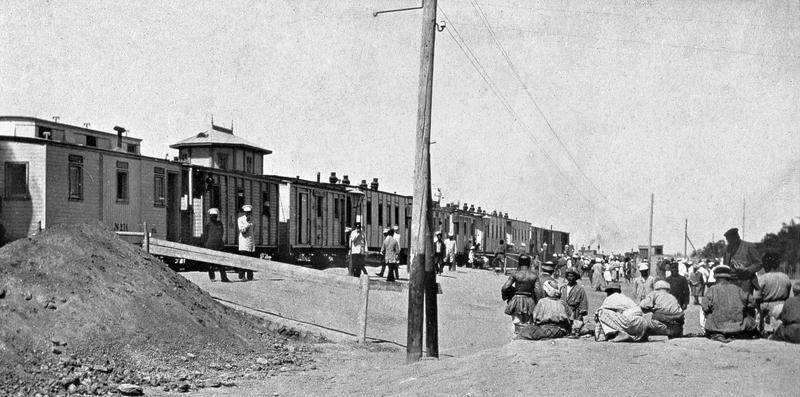

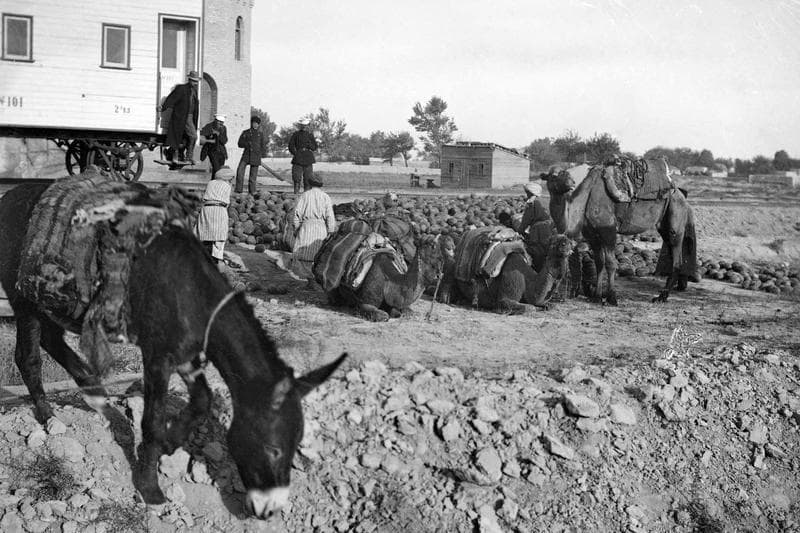
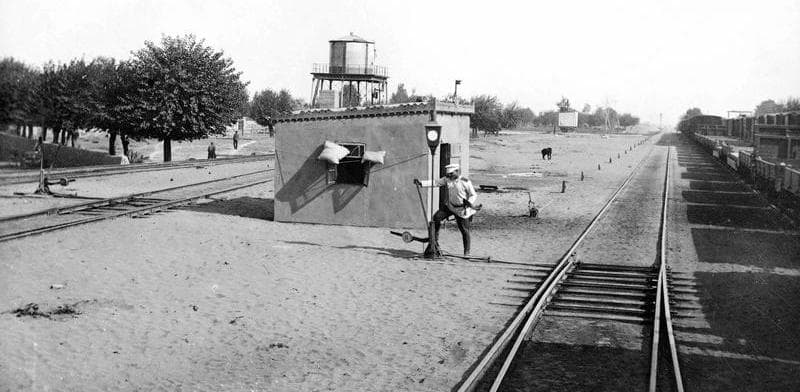

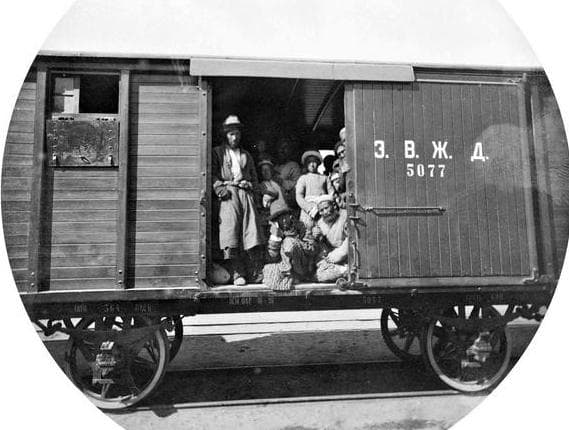
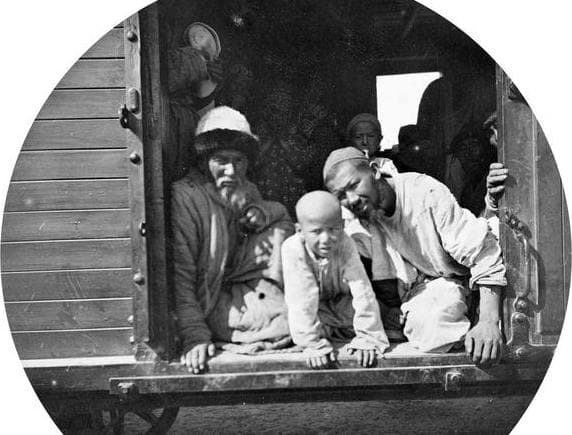
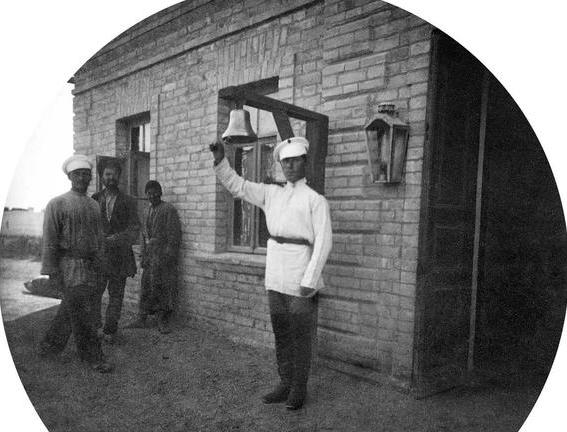
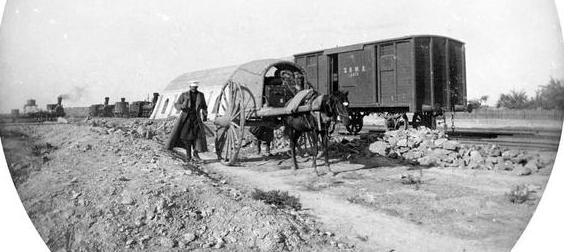
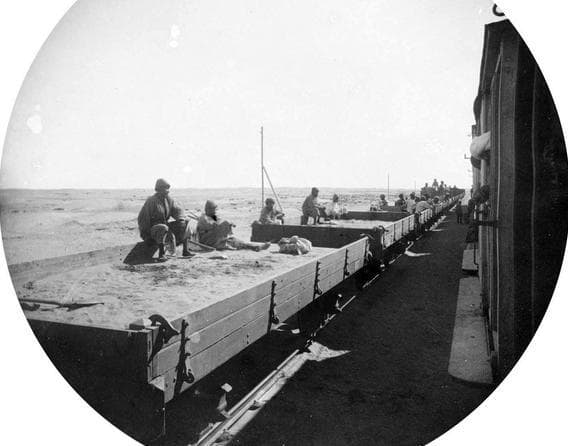
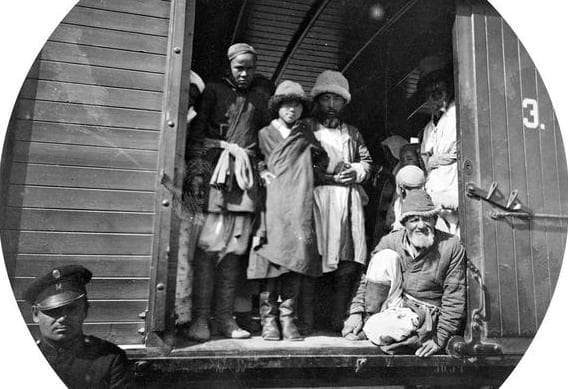
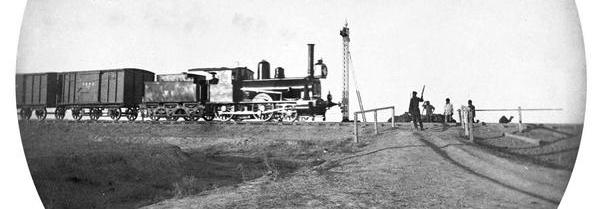

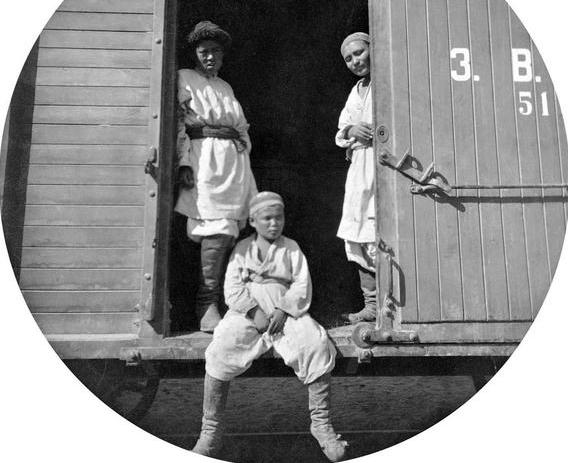
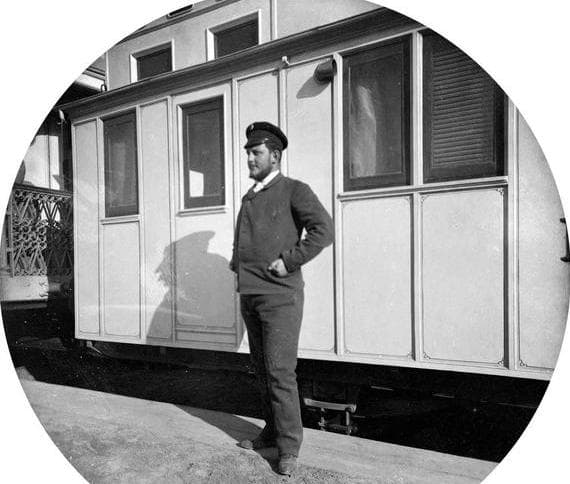
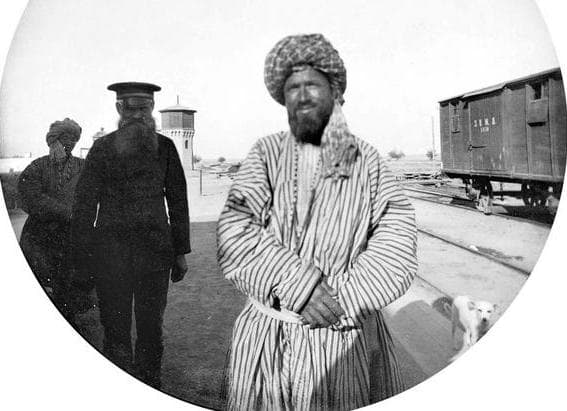
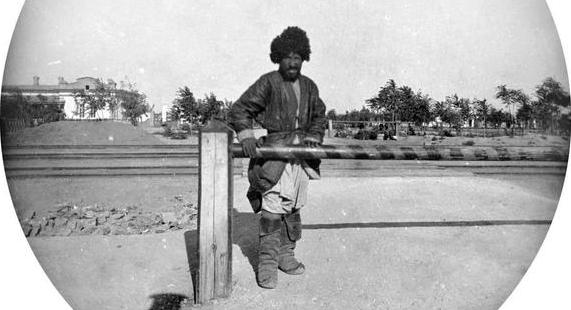
Источник:
https://en.wikipedia.org
Photos
Gaspard-Félix Tournachon is the French photographer, the caricaturist, the novelist, the journalist and the aeronaut. The largest master of a photographic portrait. The photos created by Nadar are stored in many large state photo collections. An album Paul Nadar "A travel from Turkey to Turkestan". 1890







